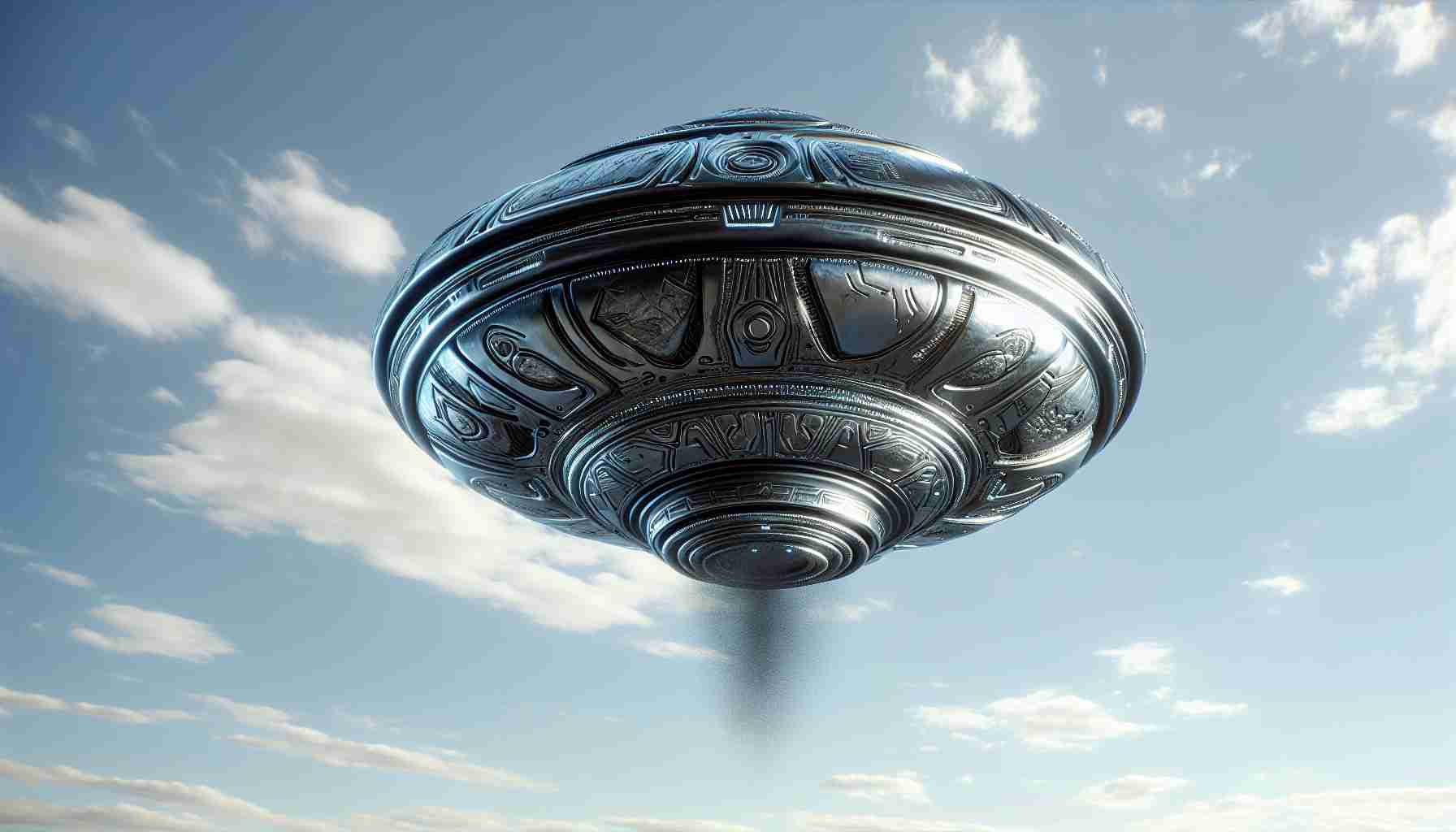Commercial Flights Diverted Amid SpaceX Mishap
In a startling incident on Thursday evening, a test flight of SpaceX’s Starship ended in chaos, prompting swift action from aviation authorities. A dramatic explosion occurred during the rocket’s ascent, resulting in debris cascading towards the Caribbean islands, creating alarm for nearby aircraft and residents alike.
As the situation unfolded, air traffic controllers in Puerto Rico alerted commercial flights to steer clear of the affected airspace to avoid any potential collision with the falling remnants of the spacecraft. Reports surfaced of onlookers witnessing streaks of bright light in the night sky as parts of the Starship descended towards the ocean.
In response to the urgency of the situation, air traffic controllers issued warnings, informing pilots to remain alert as debris had been detected outside designated safety zones. As a result of this incident, the Federal Aviation Administration (FAA) announced a halt on any further launches of SpaceX’s Starship, the largest rocket built to date.
This event has sparked serious discussions regarding the safety measures in place for commercial space ventures and their impact on air traffic. The incident raises pressing questions about the escalating frequency of private space missions and the implications they have for aviation safety and operations in surrounding areas.
Beyond the Launchpad: The Broader Implications of SpaceX’s Starship Incident
The ramifications of the recent SpaceX mishap extend far beyond the immediate vicinity of its test flight. As commercial space travel continues to gain traction, the intersection of aerospace and aviation safety becomes increasingly critical. With private space firms launching rockets more frequently, there is a heightened risk of accidents that may impact both aircraft safety and the wider public.
Culturally, this incident exemplifies the growing public fascination with space exploration, which, while inspiring, also invites skepticism about safety protocols. Communities situated near launch sites may experience increased anxiety over their well-being. Events that unfold during these test flights can shape public perception of the space industry, influencing future support or opposition toward local space initiatives.
From an economic standpoint, the chaos surrounding launches like that of the Starship raises concerns regarding the supply chain and operational costs associated with air travel. Air traffic disruptions can lead to significant financial losses for airlines, which may ultimately be passed down to passengers through increased ticket prices.
Furthermore, environmentally, the increased frequency of space launches poses questions surrounding air and oceanic debris. The potential for falling remnants from malfunctioning rockets adds an additional layer of risk, potentially impacting marine life and ecosystems.
In the coming years, we may see stricter regulations imposed on commercial space operations to ensure the safety of commercial flights, reflecting a broader dialogue about our responsibility towards both human and ecological safety in the age of privatized space travel.
SpaceX Setbacks: Should We Rethink Commercial Space Operations?
Commercial Flights Diverted Amid SpaceX Mishap
In a troubling development for the aviation and aerospace industries, a recent test flight of SpaceX’s Starship ended in a dramatic failure, resulting in precautionary measures that buzzed through the air traffic control systems of the Caribbean region. As debris from the rocket rained down into the ocean, commercial flights were diverted to ensure safety. This incident not only raises immediate concerns about safety protocols but also sparks larger conversations about the future of commercial space exploration.
Overview of the Incident
The test flight, which was part of SpaceX’s ongoing efforts to refine its Starship technology, concluded with an explosion during ascent. Eyewitnesses reported seeing bright lights streaking across the night sky, indicating that debris from the ill-fated rocket was descending toward the Caribbean islands. In the wake of the explosion, Puerto Rican air traffic controllers took immediate action, issuing warnings to pilots and rerouting flights to avoid hazardous airspace.
FAA Response and Regulatory Impacts
Following the explosion, the Federal Aviation Administration (FAA) promptly suspended future launches of SpaceX’s Starship. This significant decision underscores the seriousness of the incident and raises questions about the regulatory framework governing commercial space exploration. Companies aiming to launch similar projects may now face increased scrutiny and tighter regulations as the FAA reassesses safety protocols.
Safety Measures and Aviation Implications
This incident has highlighted the urgent need for clear safety measures that govern the intersection of commercial aviation and space operations. As private space missions become more routine, aviation agencies and companies will need to collaborate to ensure safe air traffic management. The use of innovative technologies and real-time data sharing could enhance safety and provide greater awareness for pilots flying in proximity to launch sites.
Pros and Cons of Commercial Space Ventures
Pros:
– Innovation Acceleration: Commercial space flights encourage rapid technological advancements, reducing costs for launching payloads into orbit.
– Economic Opportunities: New markets for satellite deployment, space tourism, and interplanetary exploration can stimulate economic growth.
Cons:
– Safety Risks: Increased frequency of launches raises concerns about airspace safety and potential collisions with debris.
– Regulatory Challenges: The current regulatory framework may not be equipped to handle the complexities of a crowded aerospace environment.
Insights on Future Trends
Aviation and space exploration experts suggest that collaborations between aerospace companies and regulatory bodies will be essential moving forward. As the frequency and intensity of commercial space endeavors grow, so too will the need for robust frameworks that ensure the safety of both air travelers and spacecraft.
Innovations in Safety Technology
Emerging technologies are being developed to enhance safety in both aviation and space travel. Innovations such as autonomous drone monitoring, real-time collision avoidance systems, and enhanced tracking of space debris will play crucial roles in protecting airspace.
Market Analysis and Predictions
Experts predict that as more companies enter the commercial space race, the market for flights and related services will rapidly expand. However, this growth will likely coincide with rigorous safety discussions and potential legislative changes to manage the complexities of this evolving landscape.
Conclusion
The SpaceX incident serves as a stark reminder of the challenges that accompany the integration of commercial space travel into established aviation practices. Moving forward, the emphasis on safety, regulatory compliance, and technological advancements will be critical in ensuring that both industries can coexist and thrive.
For further information on the intersection of aviation and space exploration, visit NASA’s official website.



















